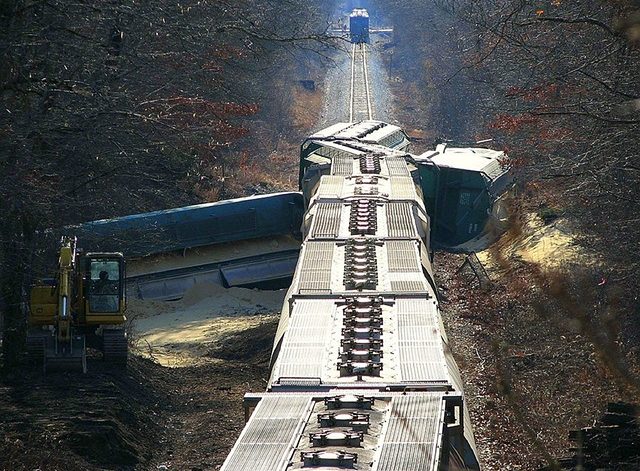What is meant by Sustainable Forest Management?
Sustainable Management of forests means the ability to manage forests in a way that preserves the forest habitat, its resources and the biodiversity within it as well as fulfill the current economic, social and commercial needs of the human population without rendering them useless or unable to be used by the future population, flora and fauna.
Also read: Sustainable Agriculture Practices and their Advantages
Methods for Sustainable Management of Forests
There are various methods that can be employed to effectively manage our forests globally. Some of these are mentioned below:
- Selective Logging: As wood and timber from forests are used for all purposes such as paper making, use as domestic fuel, furniture making etc. In order to preserve forests and prevent deforestation at a mass scale, selective logging helps to prevent clearing entire sections of forest land and instead allows us to cut either selected trees/areas and leave the rest untouched.
- Coppicing: We can cut trees in a way that leaves the stumps intact– a practice known as coppicing. This will allow the tree to regrow and is beneficial for both humans and environment instead of cutting down entire trees and leaving land exposed that will cause subsequent problems like soil erosion, susceptibility to floods and other natural elements.
- Reforestation: for every tree cut in a forest, sustainable forestry would require another tree sapling to be planted in its stead in a way to strike a balance between the removal and plantation of trees to preserve the forest health. (For further reading on the impacts of deforestation you may check out: Deforestation- Causes, Effects and Solutions )
- Clear-Cutting: clear cutting of forests helps the growth of young trees and saplings because of the removal of mature and old trees. This is beneficial as it gives space for younger trees to grow instead of them having to compete with older mature trees. However, some foresters also prefer strip cutting to clear cutting. In strip cutting only strips of forest land if cleared instead of the whole section. But both these practices have their pros and cons.
- Fencing/Protecting forests: In some cases where a forest has been exploited to the point of deterioration; foresters may entirely seal it by adding a fence around the forest perimeter to preserve the habitat and biodiversity or have it declared as a protected site to prevent illegal cutting of trees or trespassers.
You might also want to read: Mangroves and their Destruction – Causes, Effects, and Conservation Techniques
Importance of Sustainable Forest Management
Forests are extremely important natural ecosystems and habitats for floral and fauna species but they also serve humans in more ways than one. Therefore, it is important to manage them sustainably to ensure they can function in a healthy manner. Removal of forests will not only lead to loss of habitat for many species and cause them to invade other species habitat but it could also increase the risk of human-animal encounters that would result in injury or death. As seen in cases of building/expanding new cities in places where there used to be forests; many such animal-human encounters have taken place. Since the animals had lost their homes, they would invade human settlements for survival where they may kill/be killed in defense. Forests need to be preserved and protected in order to reduce the ratio of harmful human-animal encounters.
Other than that, trees in a forest are responsible for carbon sequestration– storage of carbon along with other greenhouse gases that reduces the impact of global warming. Ensuring healthy forest function is vital because it can help us combat the effects of climate change. Cleared land devoid of any trees, shrubs etc., allows for soil erosion and land sliding from slopes that cause more damages due to flooding; as there are no trees that could otherwise retain the water and reduce its effects.
Also read: Threats to Natural Ecosystems- Causes, Effects, Management
Therefore, through sustainable forestry, we can manage and utilize forest resources effectively rather than exploit them or not use them at all (which is not possible). Sustainable forestry encourages initiatives that protect forests such as building roads and highways through forests instead of removing them; it is done with minimal felling of trees which although does cause habitat fragmentation; it is is still much better than clearing entire land area and impacting the biodiversity and habitat life.

Also check out: Ways to Reduce Global Warming and Stop Earth from Heating Up
I hope you all liked this post! Please comment below if you have any suggestions, comments, or feedback! We at #envpk love hearing from our readers! Thanks!





2 Comments
Thank you for this Enlightenment. I has refreshed my understanding of sustainable forest management.
I hope that we could work together by the exchange of research ideas in the field of forestry or environmental science.
I appreciate this great work. Thank you and best regard
You are welcome and thank you for the appreciation. Sure, we’d love to collaborate – contact us at admin@envpk.com. Thank you!
Kind Regards,